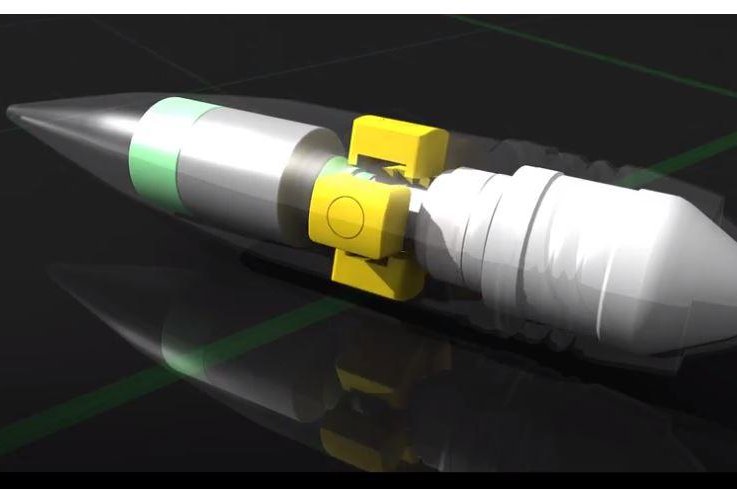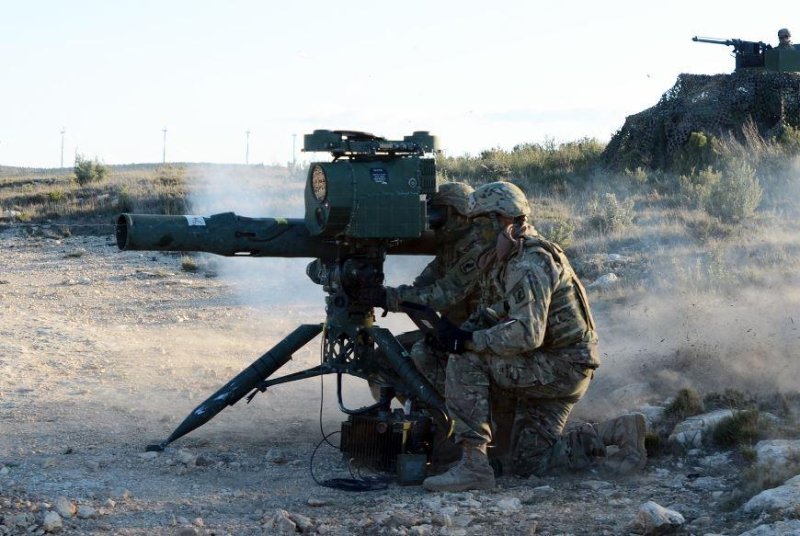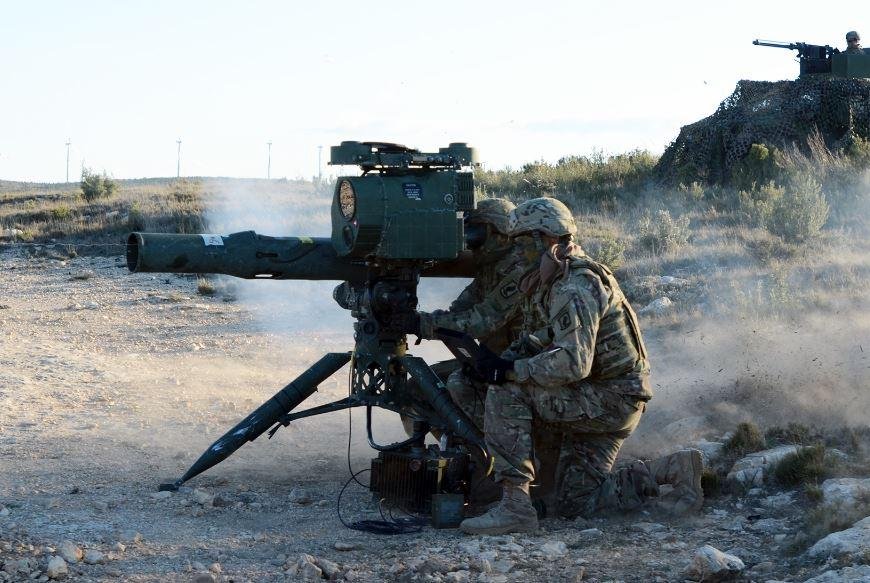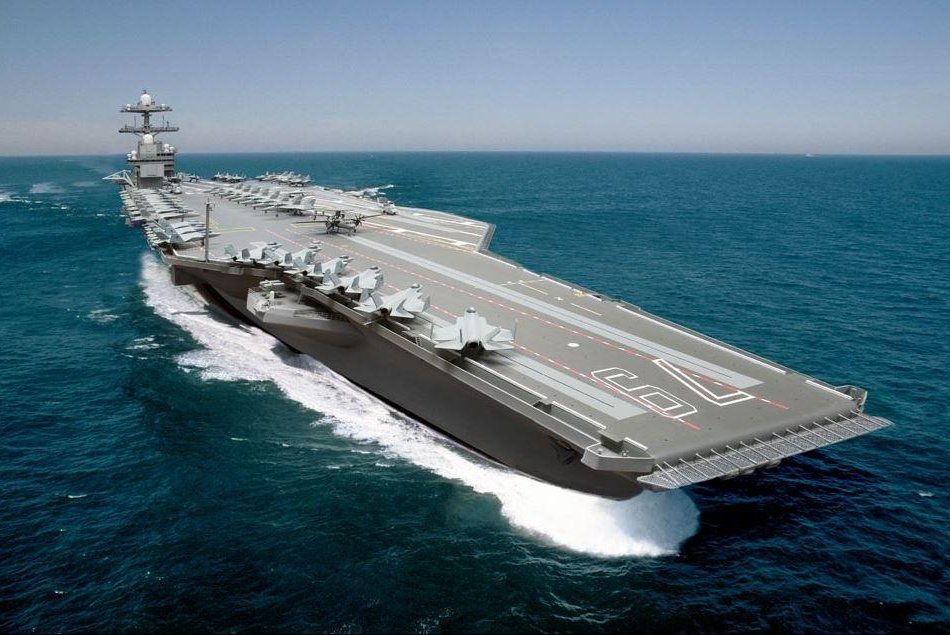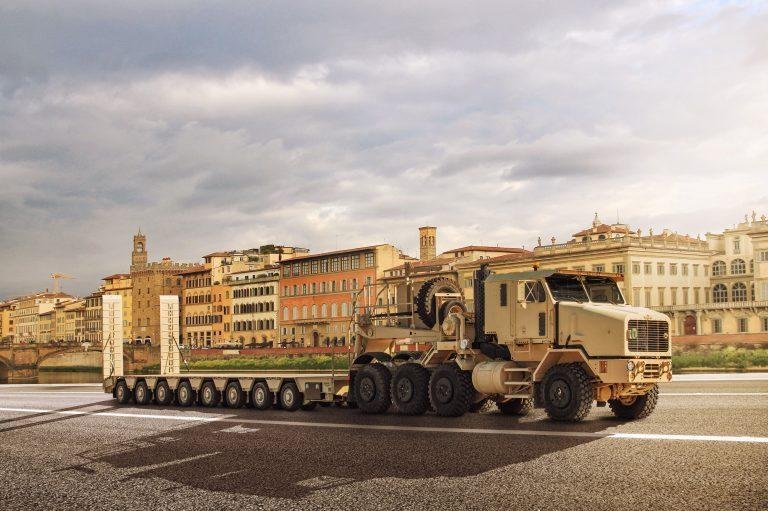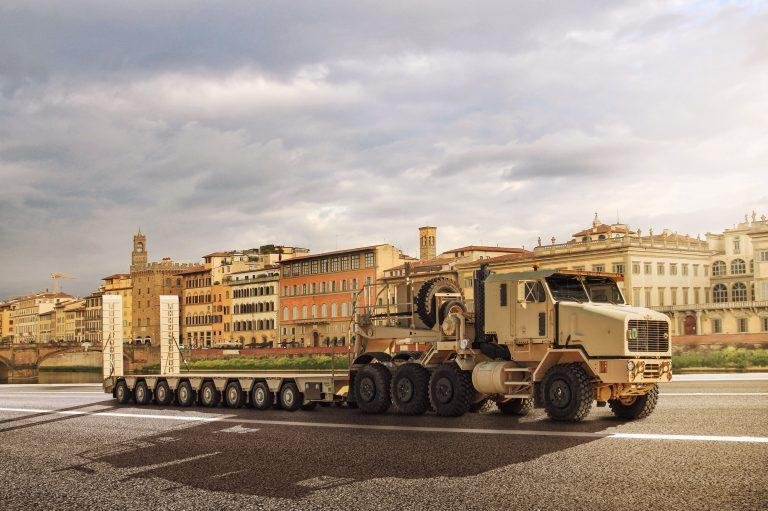Is The U.S. Navy Missing The Boat By Not Including The Type 26 In Its Frigate Competition?
The Navy wants to focus on designs that are already in service, but the under construction Type 26 design represents a unique opportunity.
By Joseph Trevithick
May 29, 2019
As the U.S. Navy gets closer to issuing the final request for proposals for its future frigate competition,
or FFG(X), one particularly notable design, BAE System's
Type 26, has largely been absent from the discussion. It seems particularly curious given that the British-designed ship is well on its way to becoming one of the most popular warships in its class among some of America's closest allies, with 32 examples in various configurations on order for the U.K.
Royal Navy, the
Royal Australian Navy, and the
Royal Canadian Navy.
BAE did propose a variant of the Type 26 to the Navy
in 2017, but the United Kingdom-headquartered defense contractor did not receive one of the
five initial developmental contracts in 2018. The service says it still expects other firms
to make offers when it announces the formal request for FFG(X) proposals, which is supposed to happen by the end of September 2019. But with an eye toward reducing risk and keeping costs low, the program, at present, is focused on designs based on ships that are already in service. Construction of the very first Type 26 for the Royal Navy
only began in 2017.
The Type 26's design itself, also known as the Global Combat Ship (GCS), dates back to the mid-2000s. BAE Systems originally developed the ship, which
The War Zone previously examined in depth, in response to a U.K. Royal Navy requirement, but has always had an eye toward the export market.
"BAE Systems has a proven track record in licensing warship designs and combat systems to international customers and partners, enabling local build which enhances skills and improves in-service support,"
the company's website says. "BAE Systems has committed to working with prospective international partners to learn more about their requirements and ensure these can be met by the Global Combat Ship design."
If it weren't for the "already in service" requirement, just based on the Navy's other
publicly stated demands and from looking at
the other FFG(X) contenders, the Type 26 would certainly be a competitive design. BAE says the ship has a maximum speed of 26 knots, or around 30 miles per hour, and a range of over 7,000 nautical miles, which would meet certain FFG(X) threshold performance requirements. It is not clear if this reaches the Navy's desired top speed, though, although it surely could be modified to do so.
An infographic giving a basic overview of the Type 26 for the Royal Navy and its performance and capabilities.
A crew of just over 150 can operate the frigate, fulfilling another Navy stipulation. The basic design has a big flight deck and associated hangar that could easily accommodate the
MH-60R Sea Hawk helicopters and MQ-8C Fire Scout the service expects will fly from its FFG(X)s.
A rendering of a Royal Navy Merlin helicopter landing onboard a Type 26 frigate.
With a displacement of around 7,000 tons, the Type 26 is also larger overall than the other known FFG(X) competitors by varying degrees. The existing proposals include a design from Fincantieri Marine Group based on its
Fregata Europea Multi-Missione (FREMM), or European Multi-Mission Frigate, and an offering from General Dynamics Bath Iron Works derived from Spanish shipbuilder Navantia's F100
Álvaro de Bazán-class.
Austal USA has pitched a new version of its
Independence-class Littoral Combat Ship (LCS), while the proposal from Hungtinon Ingalls Industries remains unknown. Lockheed Martin, which had been working on a variant of its
Freedom-class LCS,
just announced it had decided not to make a bid for the final contract later this year.
The ship's starting size could make it easier to accommodate the Navy's existing weapons and mission systems requirements. For instance, the Royal Navy's Type 26 design already has 24 vertical launch system cells for the Sea Ceptor surface-to-air missile, as well as another 24 Mk 41 vertical launch system cells, each of which can accommodate a wide array of weapons, including quad-packed RIM-162
Evolved Sea Sparrow Missiles (ESSM) or a single
Tomahawk Land Attack Missile (TLAM) cruise missile, among others. FFG(X) calls for a total of 32 Mk 41 cells, which BAE could certainly find space for by deleting the Sea Ceptor system.
BAE would still need to accommodate other systems the Navy has outlined in its FFG(X) requirements, including Lockheed Martin's
COMBATSS-21 battle management system, which is a derivative of
the Aegis combat system, and Raytheon's
Enterprise Air Surveillance Radar (EASR). The service also has significant demands for trade space to support the integration of additional capabilities in the future, including
manned-unmanned teaming capabilities and
directed energy weapons, among other things.
The core Type 26 design already features a reconfigurable "mission bay" that could help with the rapid integration of new systems in the future and make the ship more flexible overall. This, along with the larger starting design, could make a version of the ship particularly attractive. You can read more about the service's exact requirements for the FFG(X) and its future plans to expand its capabilities
here and
here.
USN
A diagram showing various existing FFG(X) mission system requirements, as well as systems the Navy may want to integrate onto the ships in the future.
The bigger design may also simply be more expensive. The Navy is targeting an average FFG(X) unit cost
of around $800 million.
The U.K. Ministry of Defense's awarded BAE a 3.7 billion pound contract for the first three of its Type 26s, which would average out to more than $1.5 billion per ship, though the deal almost certainly includes other ancillary items and costs that don't factor directly into the price tag of the individual ships. Still,
past estimates have pegged the unit cost for the Royal Navy's new frigates at between 750 and 800 million
pounds. At the time of writing, the current exchange rate is $1.26 to the pound.
At the same time, the price the Navy would pay would likely be lower given that the United Kingdom and others have effectively financed the base Type 26's development already. The service also plans to buy 20 frigates in total, more than twice the number of Type 26s the Royal Navy eventually expects to receive, which could help push the unit cost down, as well.
An artist's conception of one of the future Royal Australian Navy Hunter-class frigates.
With all this in mind, and with BAE's hullform design already mature enough to enter production, one has to wonder whether the Navy is unnecessarily limiting its options by preventing ship designs that are not in service yet from at least competing in the FFG(X) program. In its most recent report to Congress on the frigate project, which came out
earlier in May 2019, the Congressional Research Service raised just this question, writing:
As mentioned earlier, using the parent-design approach can reduce design time, design cost, and technical, schedule, and cost risk in building the ship. A clean-sheet design approach, on the other hand, might result in a design that more closely matches the Navy’s desired capabilities for the FFG(X), which might make the design more cost-effective for the Navy over the long run. It might also provide more work for the U.S. ship design and engineering industrial base.
Another possible alternative would be to consider frigate designs that have been developed, but for which there are not yet any completed ships. This approach might make possible consideration of designs, such as (to cite just one possible example) the UK’s new Type 26 frigate design, production of which was in its early stages in 2018. Compared to a clean-sheet design approach, using a developed-but-not-yet-built design would offer a reduction in design time and cost, but might not offer as much reduction in technical, schedule, and cost risk in building the ship as would be offered by use of an already-built design.
There is a possibility that BAE may already be looking to partner with an American shipyard and to make exactly this case. It is worth remembering that Huntington Ingalls Industries has
categorically refused to give any details about its FFG(X) proposal or any information about the team it has working on the ship's design. This is already curious given that the shipbuilder had been publicly offering more combat-focused frigate variants of its
Legend-class National Security Cutter, which it developed for the U.S. Coast Guard, for years now.
There has
also been speculation that Huntington Ingalls might join with one of the companies competing for the U.K. Royal Navy's
Type 31e General Purpose Frigate tender and pitch a variant of one of those designs to the Navy for FFG(X).
Another option might be a design that leverages the Danish Navy's
StanFlex modular mission systems technology.
BAE could also look to partner with Lockheed Martin, as the two companies
are already working together to supply a Type 26 variant to the Royal Canadian Navy. The American firm has also now dropped out of the FFG(X) competition as a prime contractor, saying it
made its decision in large part on the fact that it will be supplying various systems, such as the COMBATSS-21, to whoever wins the final FFG(X) competition. The two would still need to identify a U.S. shipyard to build the American variant of the Type 26.
An artist's conception of the Royal Canadian Navy's future Type 26 variant.
All told, it is hard to deny that the Type 26 offers a more modern design than any of the existing FFG(X) competitors. The fact that three of America's closest allies are betting big on it is also very attractive, to say the least. Its size and unique feature set lend themselves better to longevity and the ability to offer more flexible capabilities down the road, too.
Although the Navy wants something as close to off the shelf as possible, it seems irresponsible to not at least
consider what they are giving up by leaving the Type 26 out of the competition.
The Navy wants to focus on designs that are already in service, but the under construction Type 26 design represents a unique opportunity.

www.thedrive.com
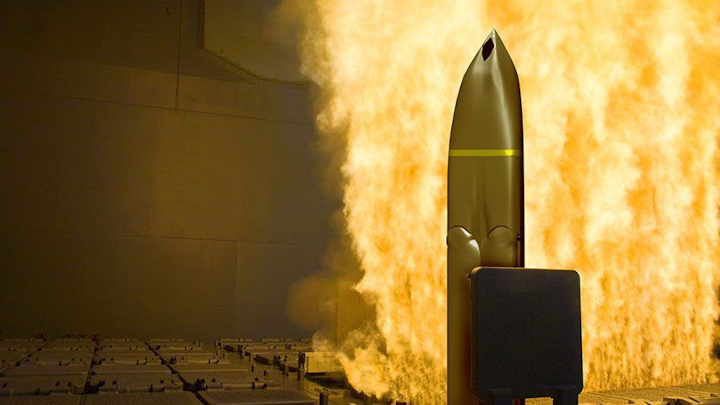
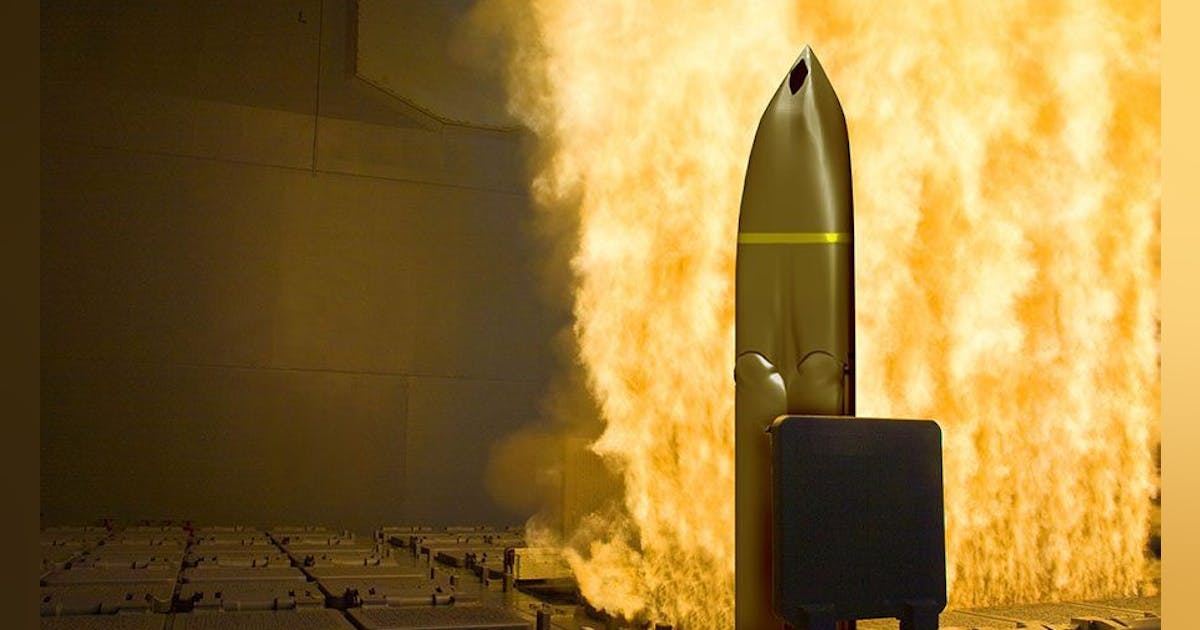
 www.militaryaerospace.com
www.militaryaerospace.com



